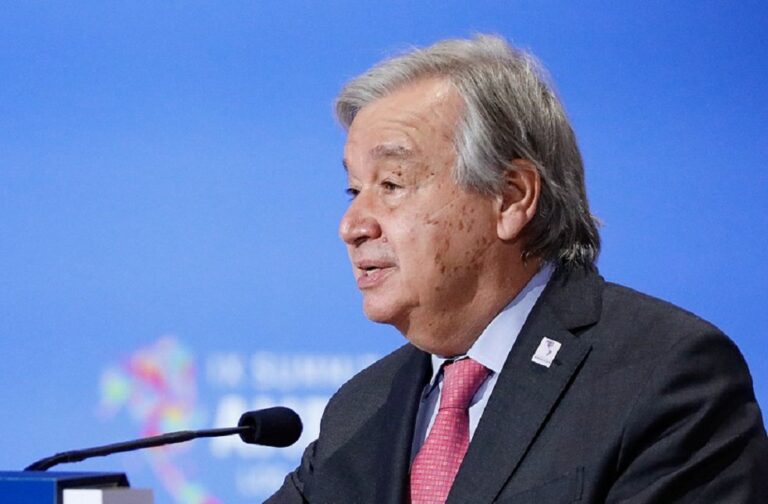United States: A United Nation report has stated that approximately 3.3 billion people, which is almost half of humanity, now live in countries that spend more money paying interest on their debts than on education or health.
“Half our world is sinking into a development disaster, fuelled by a crushing debt crisis,” UN Secretary General Mr. Antonio Guterres told a press conference launching a report on the state of the world’s debt on Wednesday.
“In 2022, global public debt reached a record $92 trillion, and developing countries shoulder a disproportionate amount,” the UN chief noted.

Financial markets may not seem to be suffering yet, but billions of people are, and the levels of public debt “are staggering and surging”, Mr. Guterres added.
According to the report, the number of countries facing high debt levels has increased sharply, from 22 nations in 2011 to 59 in 2022. And a total of 52 countries, which is almost 40 percent of the developing world, are in serious debt trouble.
“In Africa, the amount spent on interest payments is higher than spending on either education or health. Developing countries in Asia and Oceania [excluding China] are allocating more funds to interest payments than to health,” the report remarked.

“Similarly, in Latin America and the Caribbean, developing countries are devoting more money to interest payments than to investment. Across the world, rising debt burdens are keeping countries from investing in sustainable development,” it added.
The report further observed that public debt has reached “colossal levels” largely due to two factors: First, countries’ financial needs soared as they tried to fend off the impact of cascading crises, including the COVID-19 pandemic, the rising cost of living, and climate change; and second, the global financial architecture “makes developing countries’ access to financing inadequate and expensive.”



